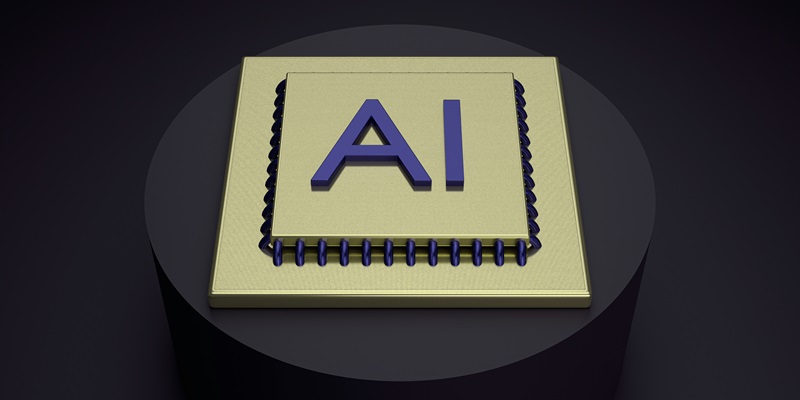The transformation of manufacturing technology continually advances as innovation propels industry standards to new heights. Amidst these changes, xTool stands out with its AI-driven precision system that is redefining the capabilities of laser cutting and engraving. The system’s amalgamation of artificial intelligence with real-time sensor feedback propels material processing precision to levels previously unattained, signaling a potential industry revolution towards improved efficiency and precision.
Unveiling xTool’s Groundbreaking Technology
With the introduction of xTool’s advanced AI-driven precision system, the laser cutting and engraving sector is set to experience a substantial leap forward. By leveraging the power of artificial intelligence coupled with real-time sensor data, the system achieves an unrivaled degree of accuracy in material handling and processing. This fusion represents a milestone in manufacturing, where meticulous attention to detail is no longer just a goal but a consistent reality.
Machine learning algorithms serve as the backbone of this precision system, taking into account the myriad of variable conditions inherent in the manufacturing process. They process historical data to inform and refine the cutting paths, ensuring each task is completed with the utmost accuracy. This adaptiveness is not just beneficial but critical in sectors where precision is non-negotiable, such as the creation of intricate jewelry pieces or the production of high-stakes industrial components in the automotive and aerospace industries.
Enhancing Operational Precision and Efficiency
At the core of xTool’s AI-driven system lies its technology, furnished with advanced sensors that provide immediate feedback during the material processing operation. These precise instruments vigilantly monitor and adapt to a range of variables, such as variations in material density and surface quality along with fluctuating environmental conditions. This capacity for real-time adjustment not only augments the quality of output but also leads to a drastic downturn in material waste, paving the way for more ecologically responsible manufacturing practices.
This dynamic adaptability contributes substantially to enhanced operational efficiency. By streamlining the production process, the system sets a new industrial benchmark for technological progress. Manufacturers using this system can expect not only improved product quality but also a reduction in the time and resources traditionally required for production, translating into tangible economic advantages while benefiting the environment.
Broad-Ranging Industrial Applications
xTool’s AI-driven precision system spans an impressive array of industrial applications. In the realm of jewelry craftsmanship, the system’s refined precision enables the creation of delicate and complex designs that stand out in their attention to detail. For the automotive and aerospace industries, the manufacturing of engine parts and aerodynamic components is enhanced, ensuring these components meet the rigorous safety standards expected in these fields.
Beyond these, the electronics industry, noted for its inexorable trend toward miniaturization, stands to gain considerably. With components shrinking, the need for high-precision etching becomes more pronounced, making xTool’s system a key player in crafting reliable, high-quality electronic parts. This precision is not lost on architecture and construction either, where the translation of innovative design concepts into tangible structures now requires the kind of exactness the system can deliver.
A Step Towards Sustainable Manufacturing
In an era where sustainability defines corporate ethos, xTool’s precision system is a testament to progress in this arena. By actively reducing waste and energy consumption, the system advances a more sustainable approach to manufacturing that aligns with environmental and economic goals alike. This embrace of sustainability also speaks to a broader industry shift toward green practices, with xTool’s innovations leading the charge.
As technology progresses and the demand for sustainable solutions increases, xTool’s system seems poignantly positioned to influence future industry practices. Continuous refinement through research and collaboration promises to further align precision manufacturing with sustainable development, making xTool’s system an archetype of future manufacturing processes.
The Future Impact of AI-Driven Systems
As manufacturing technology evolves, companies like xTool are leading the charge with groundbreaking systems. xTool’s incorporation of AI sets a new bar for laser cutting and engraving, pushing the boundaries of what’s considered achievable. This combination of AI and live sensor data heightens material handling accuracy to unparalleled levels, marking a shift in the industry that could signal a move towards superior efficiency and exactness in manufacturing processes.
This innovative approach not only enhances precision but also possesses the potential to revolutionize the field. xTool’s technology could serve as a catalyst for change, influencing how manufacturers approach the production and customization of goods. With AI at the helm, the system adapts and learns, optimizing its performance consistently and delivering results that traditional methods simply can’t match.
In a landscape where staying ahead means embracing the new, xTool’s AI-driven precision system offers a glimpse into the future of manufacturing. Companies that adopt such advanced technologies will likely find themselves at the forefront of their industries, benefiting from the efficiency and precision that come with these smart, adaptive tools. As developments continue, the significance of such innovations becomes increasingly apparent, making it an exciting time for the manufacturing sector.

